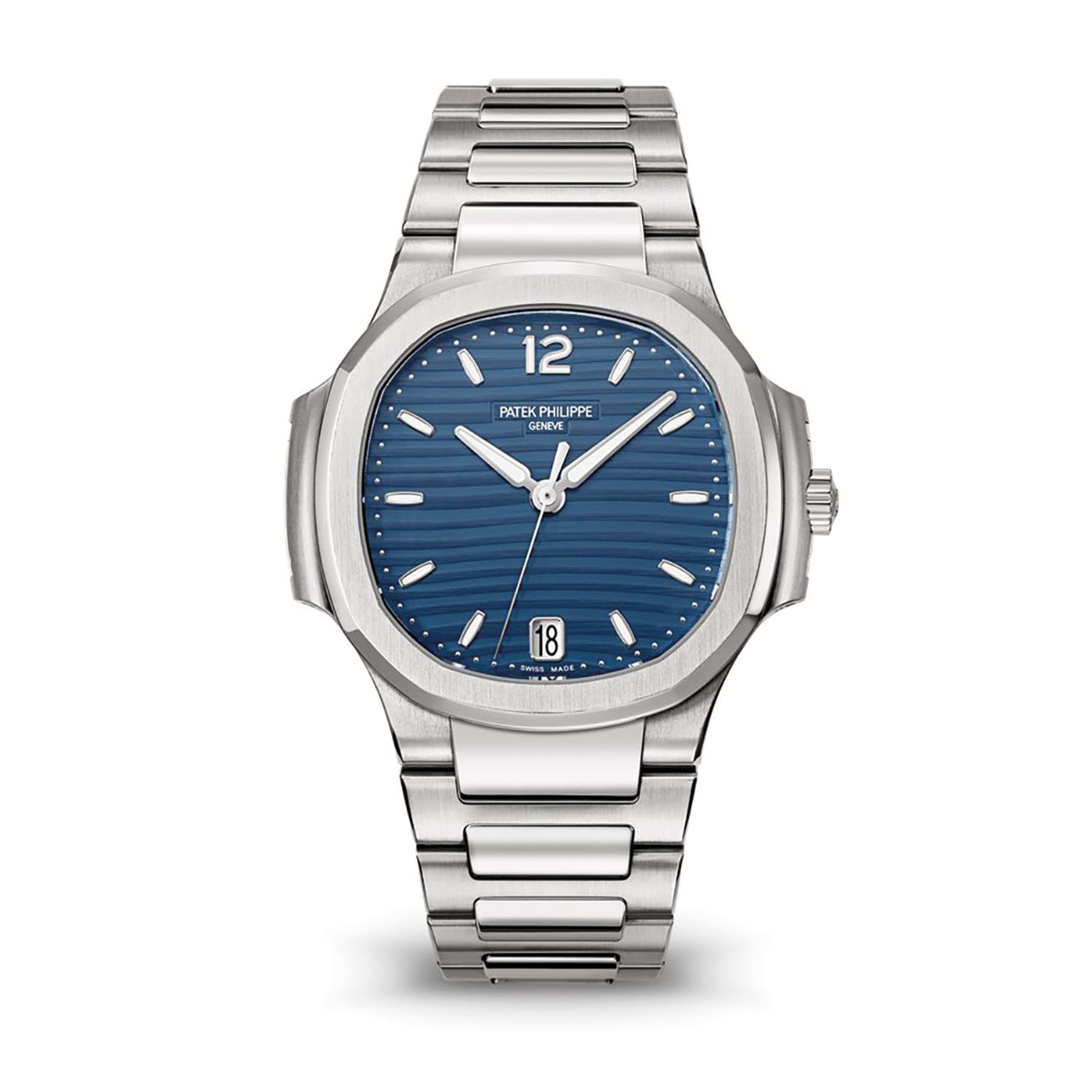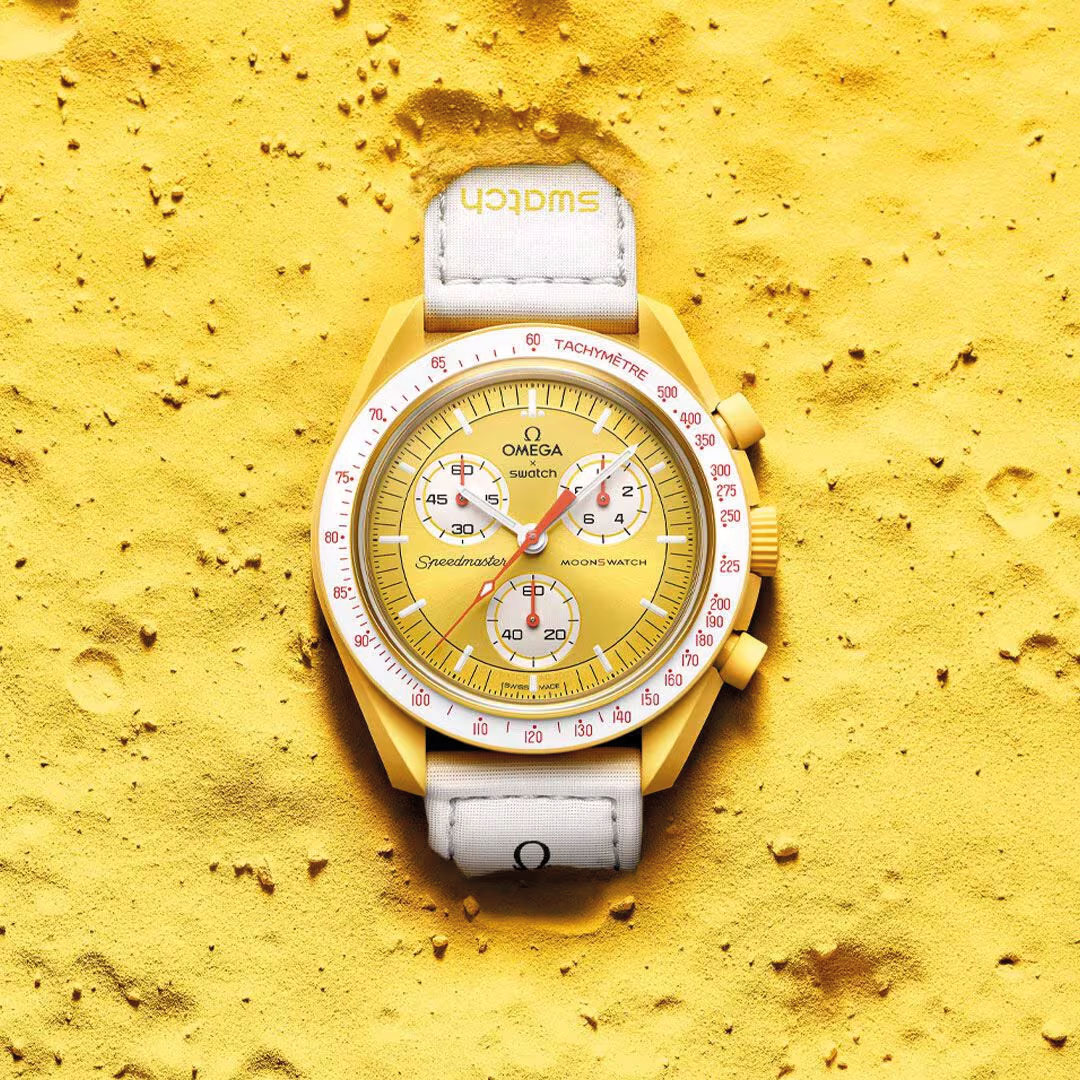
L’evoluzione del mercato dell’orologeria nell’era dei social
Negli ultimi anni, il mercato dell’orologeria ha subito una trasformazione significativa, influenzato in maniera determinante dai social media. Le piattaforme social non solo hanno rivoluzionato le modalità di vendita degli orologi, ma hanno anche cambiato il modo in cui i brand si presentano al pubblico, con un impatto che abbraccia tutte le fasce di mercato, dai modelli di lusso ai più accessibili. Tuttavia, questo cambiamento porta con sé anche alcune problematiche, tra cui una diffusa disinformazione sugli investimenti in orologeria.
◗ L’Orologeria alla Conquista del Web: La Svolta dei Brand Verso la Vendita Online
L’industria dell’orologeria, storicamente legata alla tradizione e all’eleganza dei negozi fisici, sta vivendo una rivoluzione epocale. I brand, grandi e piccoli, stanno deviando in maniera sempre più decisa verso la vendita online, spinti da una serie di fattori che vanno dalla necessità di adattarsi ai nuovi comportamenti dei consumatori alla crescente competizione del mercato globale. Questa trasformazione non solo sta cambiando il modo in cui gli orologi vengono venduti, ma anche il modo in cui vengono percepiti e desiderati.
Diversi sono i fattori che hanno contribuito alla vendita online. In primo luogo, la pandemia di COVID-19 che ha accelerato la digitalizzazione. Con i negozi fisici chiusi o limitati nelle loro operazioni, i brand di orologeria hanno dovuto trovare nuovi canali per raggiungere i clienti. La vendita online è diventata necessità e opportunità per esplorare nuovi mercati e segmenti di clientela.
In secondo luogo, i comportamenti dei consumatori stanno cambiando. Le nuove generazioni, abituate alla comodità degli acquisti online e alla trasparenza delle informazioni disponibili in rete, preferiscono sempre più spesso comprare orologi tramite piattaforme digitali piuttosto che nei negozi fisici. Questo cambiamento ha spinto i brand a sviluppare strategie di e-commerce sempre più sofisticate e user-friendly.

Consapevoli delle dinamiche mutate del mercato, le case orologiere stanno adattando le loro strategie. Il revival di modelli iconici e le collaborazioni tra brand rappresentano una risposta diretta alle nuove esigenze. Un esempio emblematico è la collaborazione tra Omega e Swatch, che ha dato vita a una linea di orologi accessibili ispirati ai modelli storici di Omega favorendo il raggiungimento di un pubblico più giovane e meno abbiente aumentando la voglia di conoscerne storia e modelli. Le piattaforme social come Instagram, Facebook, TikTok e YouTube hanno ridefinito il panorama dell’orologeria creando vetrine virtuali dove i brand possono esporre i loro prodotti a un pubblico globale, superando le limitazioni geografiche dei negozi fisici. Grazie a post accattivanti, storie coinvolgenti e video dettagliati, i marchi riescono a creare un desiderio immediato nei potenziali acquirenti che con le integrazioni tra le piattaforme possono acquistare direttamente dai post o dalle storie in maniera immediata.

◗ L’Influenza dei Content Creators
Gli influencers hanno giocato un ruolo cruciale nel plasmare le tendenze dell’orologeria. Sono diversi i personaggi, sia a livello internazionale che locale in vari paesi del mondo, che sono diventati punti di riferimento per gli appassionati. La loro influenza è tale che un semplice endorsement può far schizzare le vendite di un particolare modello. Questi influencer non solo promuovono i prodotti, ma educano anche il pubblico sui diversi aspetti dell’orologeria, dalla storia dei brand alle specifiche tecniche dei movimenti. Il vantaggio per i brand è quello per cui, scoprendo le specifiche di un orologio tramite i validi contenuti di un content creator di cui si fida, l’utente finale preferisce non doversi muovere di casa ed acquistare comodamente online ricevendo in pochissimo tempo l’orologio presso il proprio domicilio accontentandosi del prezzo di listino offerto dal brand. Il futuro della vendita di orologi è indubbiamente online. Tuttavia, questo non significa che i negozi fisici scompariranno. Al contrario, molti brand stanno adottando un approccio omnicanale, integrando l’esperienza online con quella offline. I negozi fisici continueranno a giocare un ruolo importante, offrendo esperienze esclusive, servizi di manutenzione e riparazione, e la possibilità di toccare con mano i prodotti mantenendo vivo anche il rapporto umano tra venditore e cliente.

◗ Il Lato Oscuro dell’Influenza Social: Quando l’Orologeria di Lusso Illude i Neofiti
Negli ultimi anni anche il mondo dell’orologeria di lusso ha visto una crescita esponenziale grazie all’influenza dei social media. Commercianti che grazie alle piattaforme social sono diventati a tutti gli effetti anche loro Influencer del settore, con la loro presenza online, hanno contribuito a creare una nuova generazione di appassionati e investitori. Tuttavia, questa crescita ha portato con sé anche alcuni effetti collaterali negativi. L’informazione veicolata da commercianti influencer, seppur preziosa, può talvolta essere fraintesa. La crescente attenzione mediatica verso modelli che hanno visto negli anni scorsi aumenti di valore significativi, come Rolex, Audemars Piguet e Patek Philippe ha indotto molti neofiti a credere che ogni orologio possa generare un ritorno economico nel futuro. Questo mito, alimentato da storie di successi economici e da strategie di marketing aggressive, può portare a investimenti avventati e, spesso, deludenti.
L’investimento in orologeria richiede una conoscenza approfondita del mercato, dei modelli e delle condizioni specifiche che possono influenzarne il valore nel tempo. Basti pensare ai prezzi dell’orologeria di lusso tra il 2021 e il 2022, momento in cui il mercato secondario aveva raggiunto dei picchi altissimi portando persone inesperte ad investire cifre a dir poco assurde su orologi che, al contrario di quanto pensassero gli acquirenti, nel giro dei 2 anni successivi hanno avuto un crollo sostanziale del prezzo di mercato.
◗ La Discriminazione degli Orologi Entry Level
Un altro effetto collaterale della promozione dell’orologeria di lusso sui social media è la discriminazione nei confronti degli orologi entry level.
Questo atteggiamento danneggia il settore nel suo complesso. Gli orologi entry level sono spesso il punto di partenza per i nuovi appassionati, e snobbarli può scoraggiare molte persone dall’entrare nel mondo dell’orologeria. Inoltre, molti offrono un eccellente rapporto qualità-prezzo e possono essere un’introduzione perfetta all’arte e alla scienza orologiera. I commercianti molto seguiti sui social hanno un ruolo cruciale ma è importante che adottino un approccio più equilibrato e trasparente. Promuovere una maggiore consapevolezza sui rischi dell’investimento in orologi di lusso e riconoscere il valore degli orologi entry level potrebbe contribuire a creare una comunità più inclusiva e informata.
◗ Conclusioni
La svolta verso la vendita online rappresenta una trasformazione fondamentale per il settore. I brand che sapranno adattarsi a questo nuovo contesto, avranno un vantaggio competitivo significativo. Il connubio tra tradizione e innovazione sarà la chiave per conquistare i cuori dei nuovi consumatori e mantenere viva la passione per l’orologeria nel mondo digitale. È importante valorizzare ogni segmento dell’orologeria, riconoscendo che la passione per gli orologi non dovrebbe essere determinata dal prezzo, ma dalla qualità e dalla storia che ogni pezzo porta con sé.
Sam Sanai nei meandri di TikTok è semplicemente Sam (@watchit.sam).
Il suo è un nome tra i più noti nel panorama dell’orologeria. Condivide dettagli e curiosità, i lati glamour ma anche quelli più commerciali con speciale attenzione per i brand Italiani, instaurando collaborazioni con alcuni di essi.
The evolution of the watch market in the social era
In recent years, the watch market has undergone a significant transformation, crucially influenced by social media. Social platforms have not only revolutionized the way watches are sold, but have also changed the way brands present themselves to the public, with an impact that spans all market segments, from luxury models to the most affordable. However, this change also brings with it some issues, including widespread misinformation about investing in watches.
◗ Watchmaking Conquering the Web: Brands’ Turn Toward Online Sales The watchmaking industry, historically tied to the tradition and elegance of physical stores, is experiencing a momentous revolution. Brands, large and small, are increasingly diverting to online sales, driven by a number of factors ranging from the need to adapt to new consumer behaviors to increasing global market competition. This transformation is not only changing the way watches are sold, but also the way they are perceived and desired. Several factors have contributed to online sales. First, the pandemic of COVID-19 that has accelerated digitization. With physical stores closed or limited in their operations, watch brands have had to find new channels to reach customers. Online sales became a necessity and an opportunity to explore new markets and customer segments.
Second, consumer behaviors are changing. New generations, accustomed to the convenience of online shopping and the transparency of information available online, increasingly prefer to buy watches through digital platforms rather than in physical stores. This change has prompted brands to develop increasingly sophisticated and user-friendly e-commerce strategies. Aware of the changing dynamics of the market, watch manufacturers are adapting their strategies. Revivals of iconic models and inter-brand collaborations are a direct response to the new demands. An emblematic example is the collaboration between Omega and Swatch, which created a line of accessible watches inspired by Omega’s historical models by fostering outreach to a younger, less affluent audience by increasing the desire to learn about their history and models. Social platforms such as Instagram, Facebook, TikTok, and YouTube have redefined the watchmaking landscape by creating virtual showcases where brands can display their products to a global audience, overcoming the geographic limitations of physical stores. Through engaging posts, engaging stories, and detailed videos, brands are able to create an immediate desire in potential buyers who, with integrations between the platforms, can purchase directly from the posts or stories instantly.
◗ The Influence of Content Creators Influencers have played a crucial role in shaping watchmaking trends. There are several personalities, both internationally and locally in various countries around the world, who have become reference points for enthusiasts. Their influence is such that a simple endorsement can skyrocket the sales of a particular model. These influencers not only promote products, but also educate the public about different aspects of watchmaking, from the history of brands to the technical specifications of movements. The advantage for brands is one whereby, by discovering the specifications of a watch through the valuable content of a content creator they trust, the end user prefers not to have to move from home and buy conveniently online, receiving the watch at their doorstep in no time by settling for the list price offered by the brand. The future of watch sales is undoubtedly online. However, this does not mean that physical stores will disappear. On the contrary, many brands are taking an omnichannel approach, integrating the online experience with the offline experience. Physical stores will continue to play an important role, offering exclusive experiences, maintenance and repair services, and the ability to touch products hands-on while also keeping the human relationship between seller and customer alive.
◗ The Dark Side of Social Influence: When Luxury Watchmaking Illudes Newbies In recent years, the world of luxury watchmaking has also seen exponential growth thanks to the influence of social media. Dealers who, thanks to social platforms, have in effect become industry Influencers themselves, with their online presence, have helped create a new generation of enthusiasts and investors. However, this growth has also brought with it some negative side effects. The information conveyed by influencer marketers, while valuable, can sometimes be misunderstood. Increasing media attention to models that have seen significant increases in value in the past few years, such as Rolex, Audemars Piguet, and Patek Philippe, has led many newbies to believe that every watch can generate a financial return in the future. This myth, fueled by economic success stories and aggressive marketing strategies, can lead to rash and, often, disappointing investments. Investing in watches requires a thorough understanding of the market, models, and specific conditions that can affect their value over time. Just think of the prices of luxury watchmaking between 2021 and 2022, a time when the secondary market had reached very high peaks leading inexperienced people to invest absurd amounts of money on watches that, contrary to what buyers thought, within the next 2 years had a substantial collapse in market price.
◗ The Discrimination of Entry Level Watches Another side effect of promoting luxury watchmaking on social media is discrimination against entry level watches. This attitude harms the industry as a whole. Entry level watches are often the starting point for new enthusiasts, and snubbing them can discourage many people from entering the world of watchmaking. In addition, many offer excellent value for money and can be a perfect introduction to the art and science of watchmaking. Dealers who are highly followed on social media have a crucial role to play, but it is important that they take a more balanced and transparent approach. Promoting greater awareness of the risks of investing in luxury watches and recognizing the value of entry-level watches could help create a more inclusive and informed community.
◗ Conclusions The shift toward online sales represents a fundamental transformation for the industry. Brands that can adapt to this new environment will have a significant competitive advantage. The combination of tradition and innovation will be the key to winning the hearts of new consumers and keeping the passion for watchmaking alive in the digital world. It is important to enhance each segment of watchmaking, recognizing that passion for watches should not be determined by price, but by the quality and history that each piece brings.


POST COMMENT